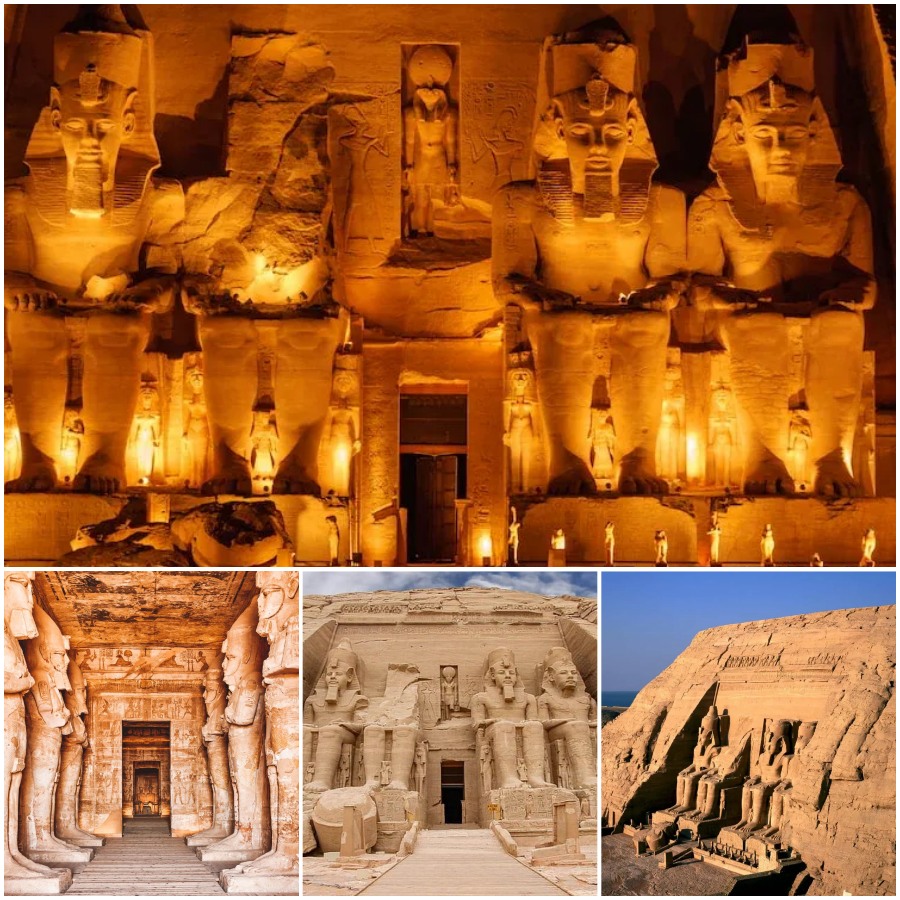Located along the shores of Lake Nasser, deep in the heart of the Nubian Desert, lies a treasure that stands as one of Egypt’s most impressive wonders: the Temple of Ramses II at Abu Simbel.
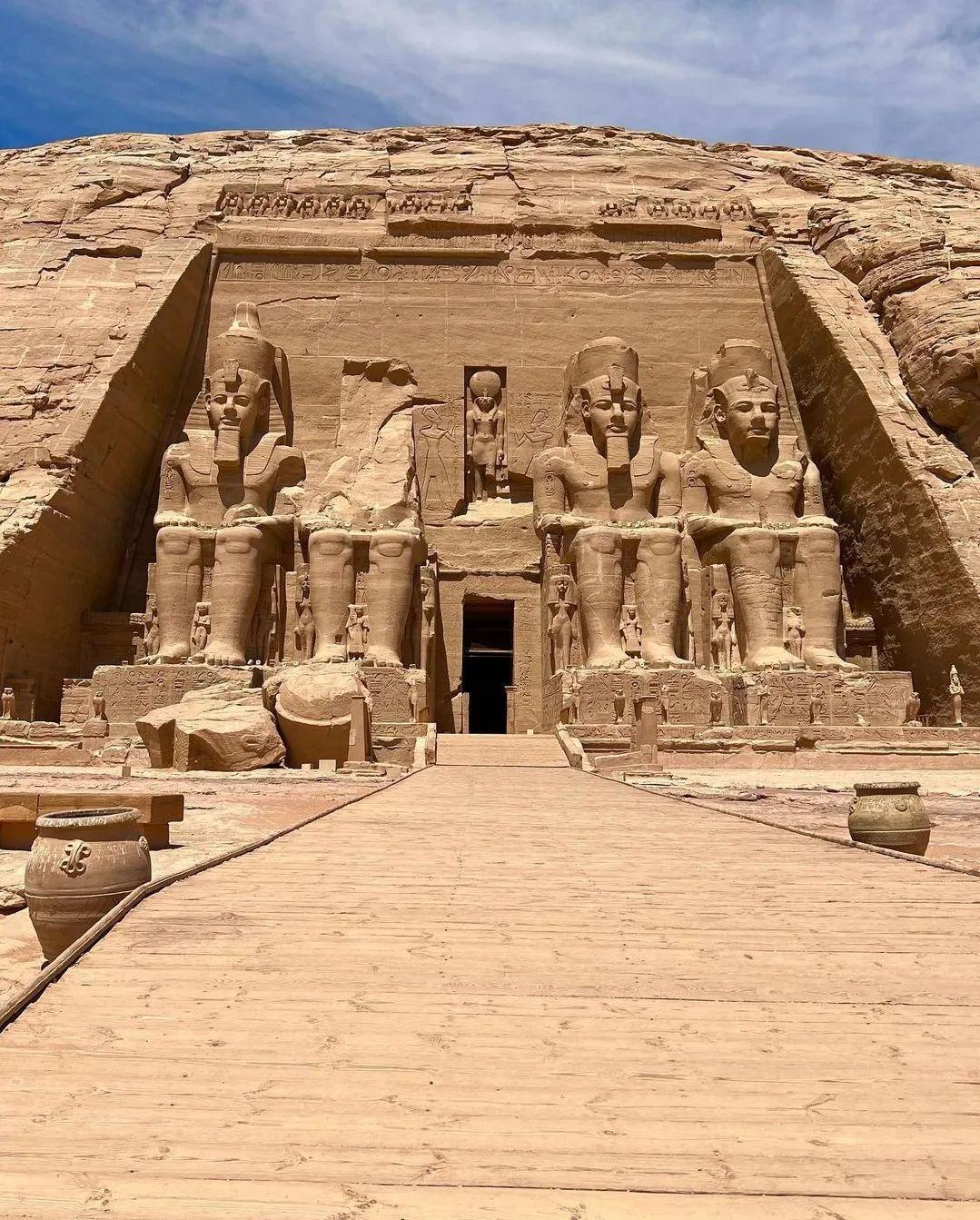
A wonder of history:
The Temple of Ramses II, often called the Great Temple, arose during the reign of Pharaoh Ramesses II, one of Egypt’s most renowned leaders. Its construction lasted between 1274 and 1244 BC. C., a living testimony of the greatness of the pharaoh and an emblem of his dominion over Nubia, which encompasses the lands of southern and northern Sudan.
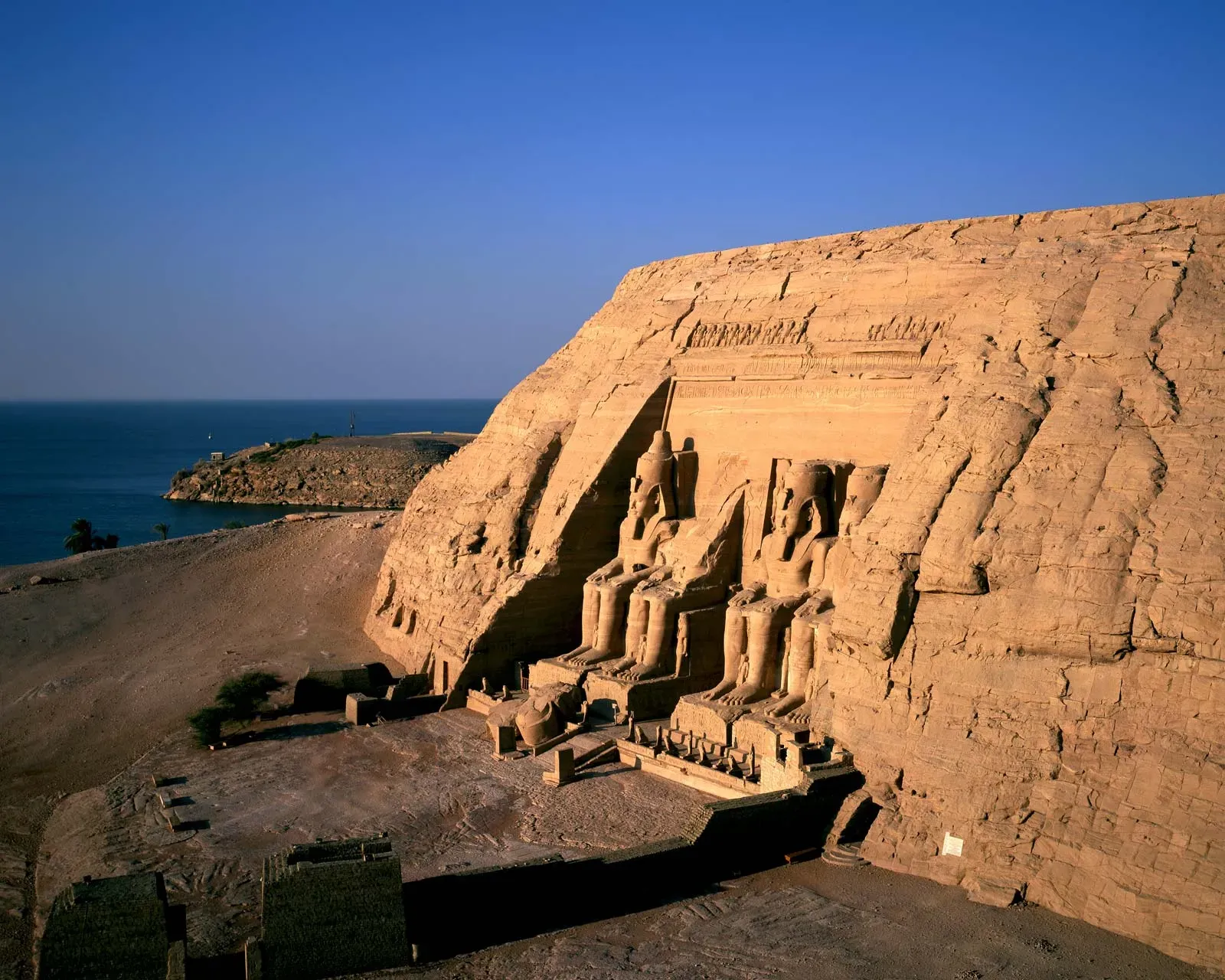
The iconic façade:
As you approach the temple, you will immediately be struck by the colossal statues standing guard at its entrance. Four immense figures of Ramses II, each with a formidable height of 20 meters, project his imposing presence over the expanse of the desert. These statues were painstakingly crafted to capture every facet of the pharaoh’s magnificence, displaying intricate details of his royal attire and formidable countenance.

Exploring the inner sanctum:
Entering the temple transports you to an era of opulence and reverence. The great hall is adorned with intricate wall carvings and hieroglyphs depicting scenes from the reign of Ramses II, his triumphant military campaigns and his divine connections. The temple was consecrated to the deities Amun, Ra-Horakhty and Ptah, further emphasizing the divine position of Ramses II.
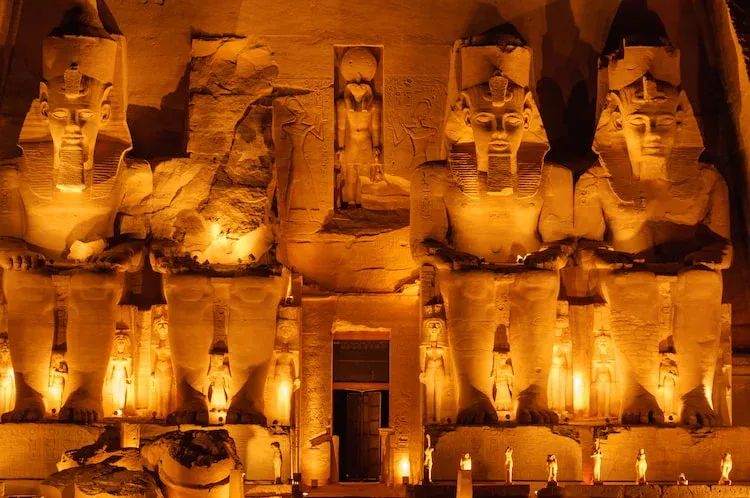
The phenomenon of solar alignment:
One of the most striking features of the Temple of Ramses II is its celestial alignment. Twice a year, on February 22 and October 22, sunlight penetrates the inner sanctuary of the temple, illuminating the statues of the gods placed at the back of the hall, casting only the statue of Ptah in shadow , the god of darkness. This impressive phenomenon is testimony to the advanced astronomical knowledge possessed by the architects of ancient Egypt.
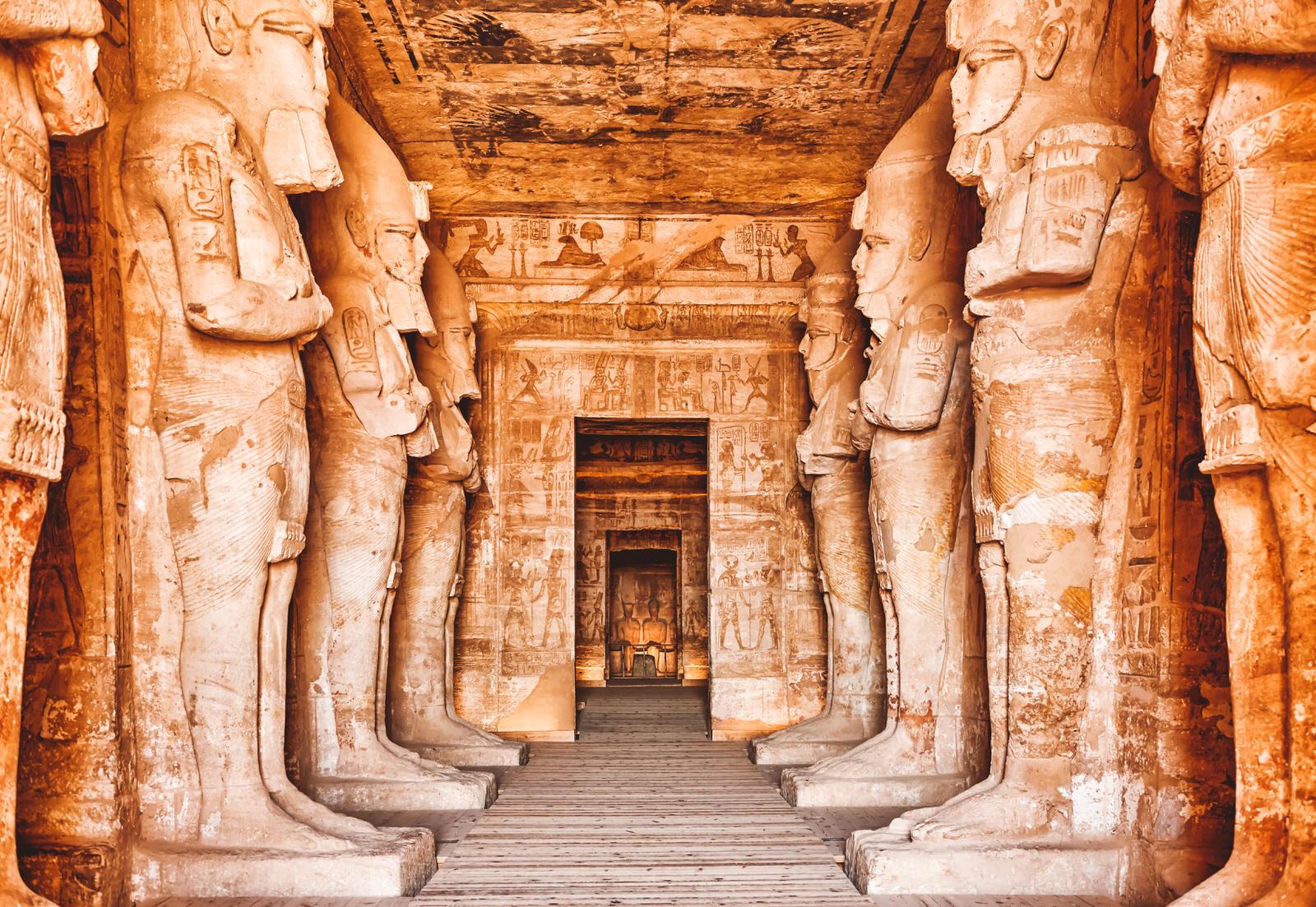
Rescue and Relocation:
In the 1960s, the construction of the Aswan High Dam posed a serious threat to the temple, as the rising waters of Lake Nasser threatened to submerge it. In a remarkable international effort, the temple was meticulously dismantled and relocated to its current location, 65 meters higher and 200 meters further back from its original site. This heroic effort ensured the preservation of this cultural gem for future generations.
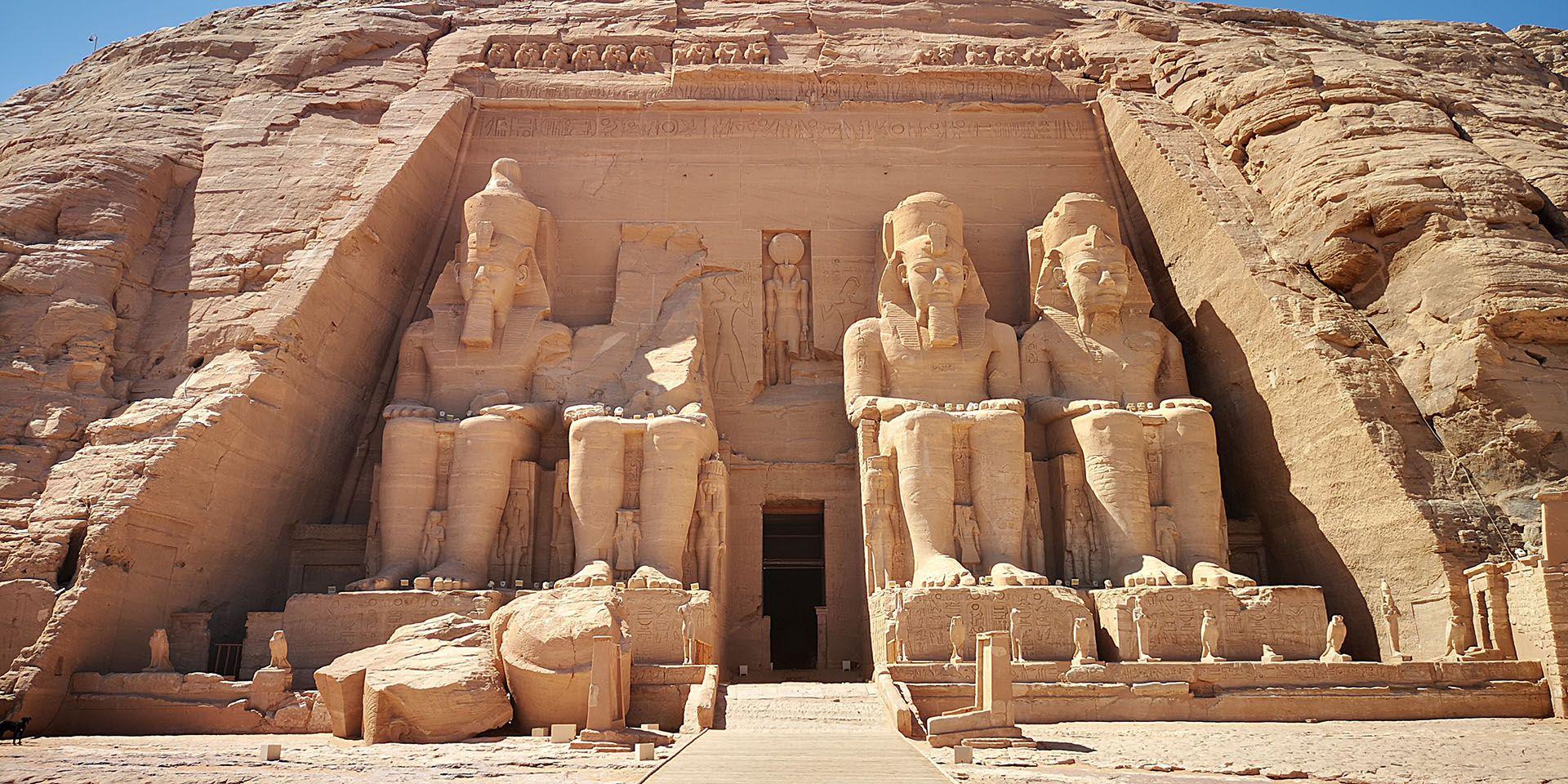
A trip of importance:
Exploring the Temple of Ramses II at Abu Simbel transcends mere tourism; It is a journey through the annals of time. It offers the opportunity to be in the presence of one of Egypt’s greatest pharaohs and marvel at the architectural ingenuity of ancient Egypt. With its rich history, exquisite craftsmanship and fascinating solar phenomenon, a visit to Abu Simbel is a must on every traveler’s itinerary.

Mientras te encuentras a la sombra de estas colosales estatuas y dentro de los sagrados salones de este magnífico templo, no puedes evitar sentirte envuelto por el peso de la historia y el legado perdurable de Ramsés II, grabado para siempre en las arenas del sur de Egipto. .
